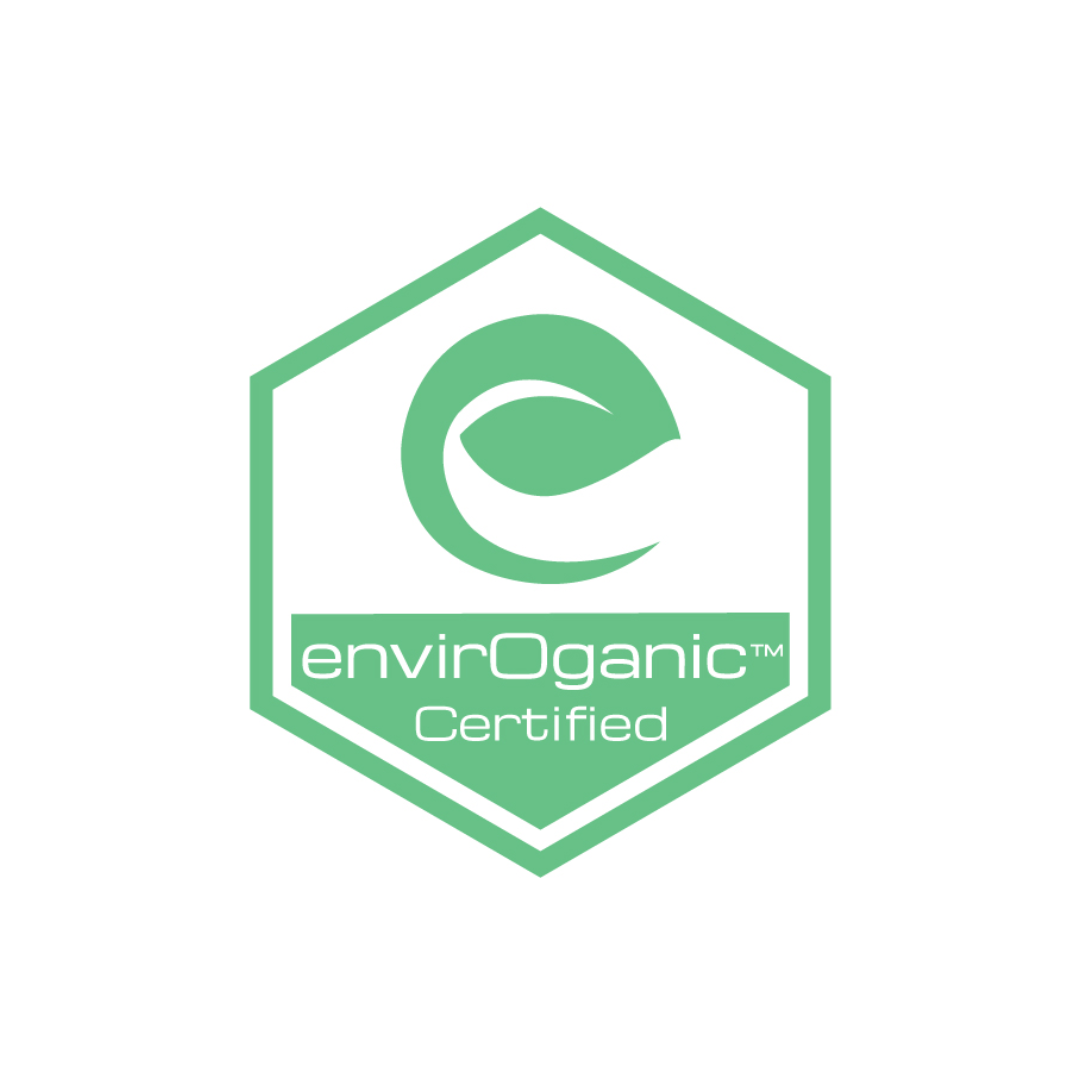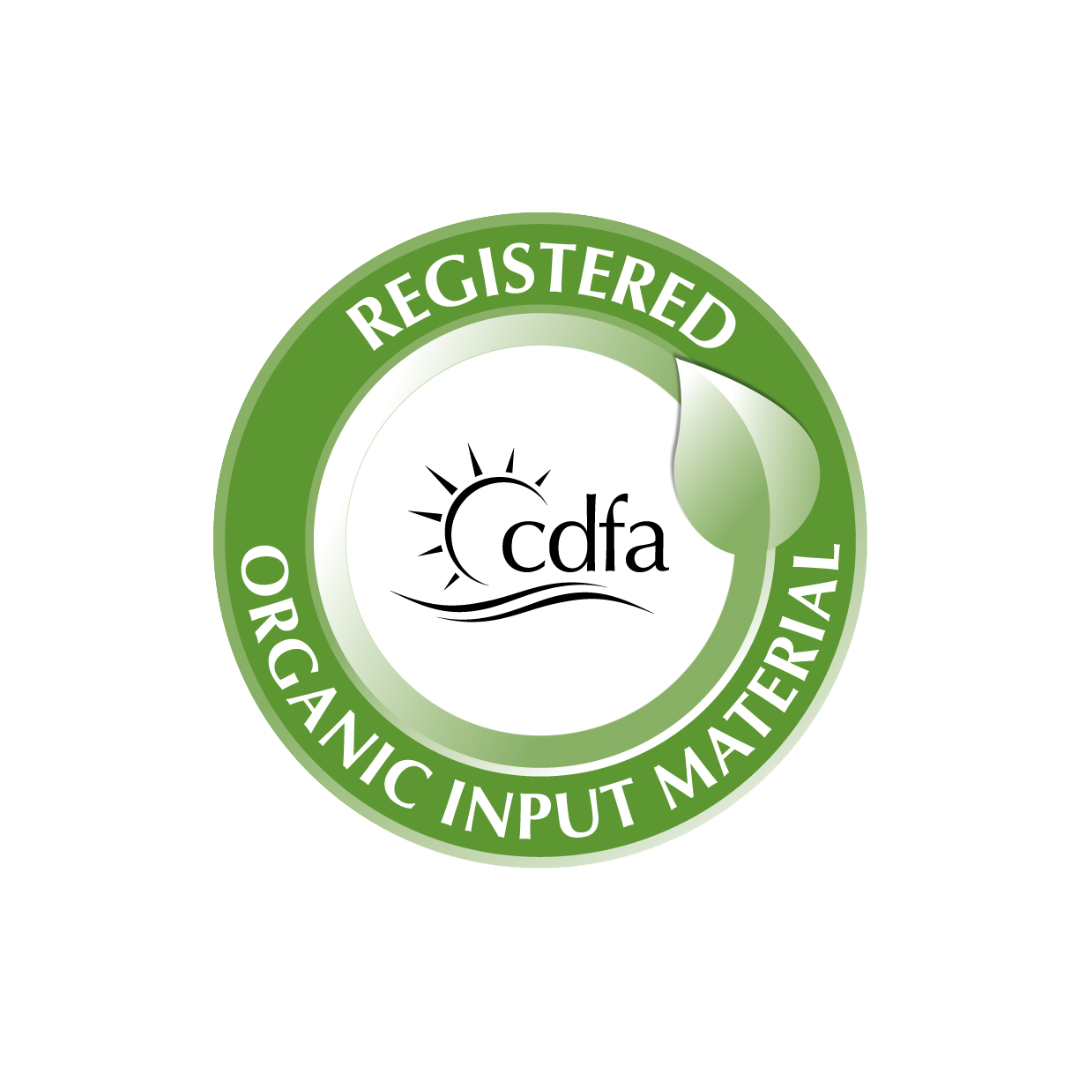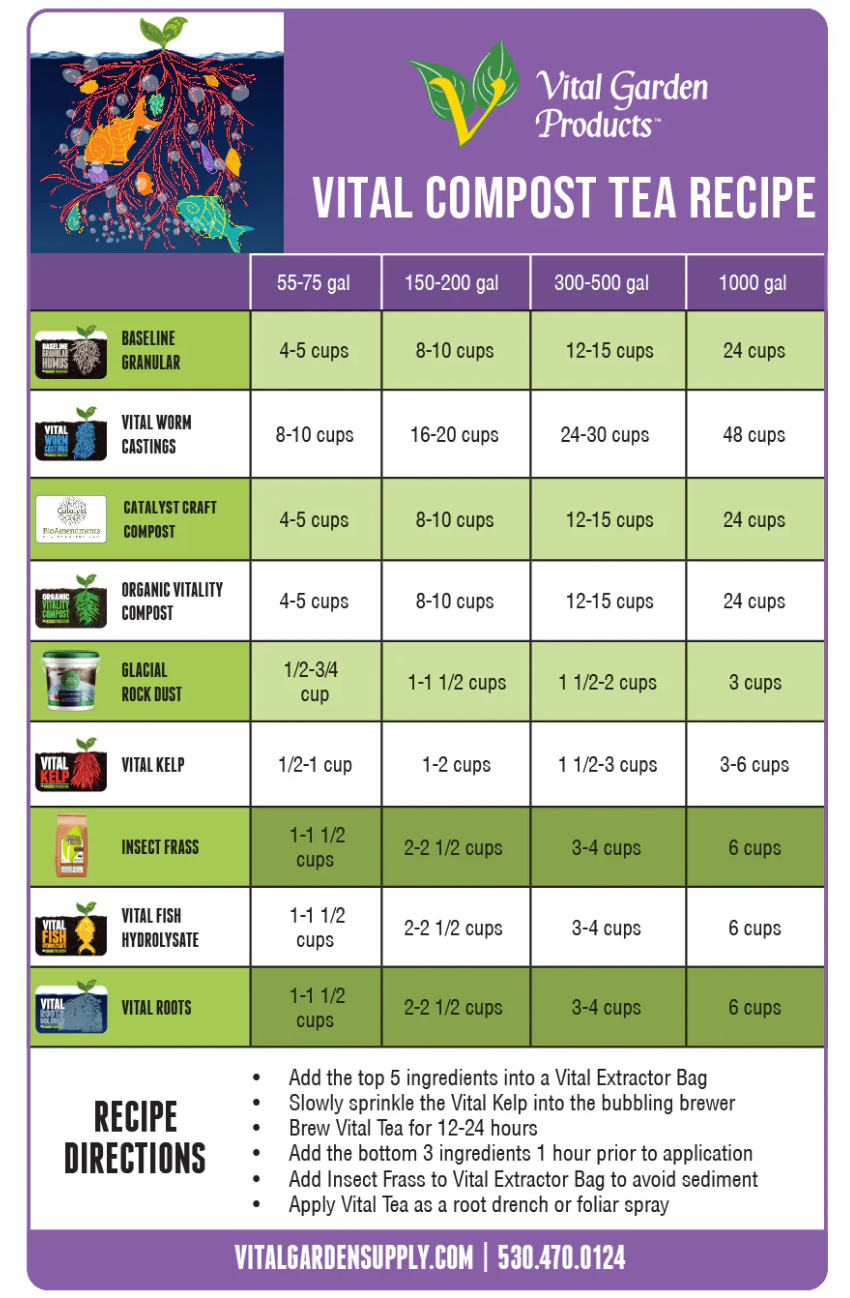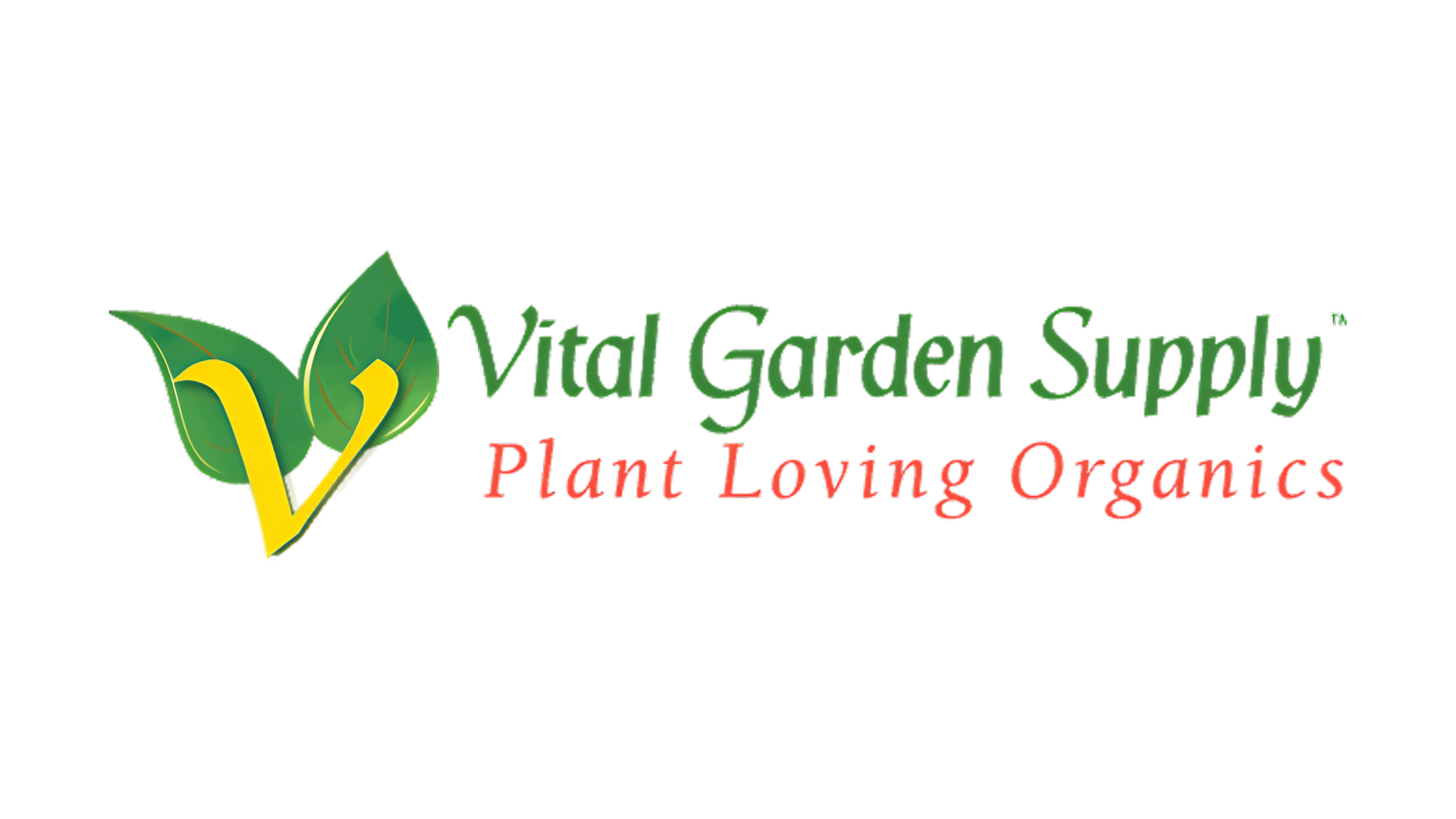September in California is a unique time in the garden. Your summer plants are heavy with their final harvest while fall crops are begging to be planted. Morning fog rolls in while afternoon temperatures still hit the 80s. It's a juggling act that can make or break your year-round growing success. After nearly 20 years of helping Nevada City gardeners navigate this transition, I've learned it's all about timing, soil management, and working with nature's rhythms.
The September Garden Reality
Right now, your garden is probably in three stages simultaneously:
- Summer crops in final harvest (tomatoes, peppers, squash, flowering plants)
- Depleted soil crying out for renewal
- Fall opportunities waiting to be planted
The challenge? Managing all three without disrupting your current harvest. The good news is that with some strategic planning, September can be your most productive month of the year.
Reading Nature's Signals
September brings distinct changes that smart gardeners use to their advantage:
Temperature Swings: Those cool mornings (45-55°F) followed by warm afternoons (75-85°F) create ideal conditions for both finishing summer crops and starting fall ones. Cool-season crops germinate better in these conditions than in true summer heat (Heydecker & Gibbins, 1978).
Changing Day Length: We're losing about 2 minutes of daylight daily. This signals summer plants to finish ripening while triggering cool-season crops to establish strong vegetative growth before winter's short days.
Morning Moisture: September fog and dew provide natural irrigation for new seedlings while reducing water stress on mature plants. This free water is nature's gift to transitioning gardens.
Soil: The Tired Workhorse
After a full summer of production, your soil is exhausted. Heavy-feeding summer crops have depleted nutrients, beneficial microbe populations may be reduced, and soil structure often needs help. But you can't just till everything under - you've still got producing plants!
Here's the solution: zone management. Treat your garden as separate zones rather than one unit:
Active Zones (still producing):
Transition Zones (harvested areas):
- Remove spent plants, leaving roots to decompose when possible
- Add 2-3 inches of compost
- Work in amendments based on soil testing
- Let rest 1-2 weeks before replanting
Future Zones (next month's areas):
- Plant cover crops now for winter soil building
- Sheet mulch areas not needed until spring
The Amendment Strategy
September soil needs different amendments than spring soil. After summer's heavy feeding, focus on:
Calcium and Magnesium: Summer crops, especially fruiting plants, deplete these heavily. Vital Cal Mag replaces what was lost while improving soil structure for fall crops.
Phosphorus: Often depleted by flowering and fruiting. Rock phosphate or bone meal provides slow-release P for fall root development.
Organic Matter: Critical for water retention as rain patterns change. Vital Soil Builder with its biochar component helps soil hold both moisture and nutrients through weather transitions.
Biology Boost: Vital Tea or Vital Plus repopulates beneficial microbes that summer heat and heavy feeding may have reduced. Active biology is crucial for nutrient cycling in cooler soil.
Strategic Planting for Continuous Harvest
September offers unique planting opportunities, but timing is everything:
Direct Seed Now (soil temp above 60°F):
- Lettuce and salad greens
- Radishes and turnips
- Spinach and arugula
- Carrots and beets
- Asian greens
Transplant Now (for winter harvest):
- Broccoli and cauliflower
- Cabbage and Brussels sprouts
- Kale and chard
- Onion sets
Wait Until October (avoid warm soil):
- Garlic
- Fava beans
- Sweet peas
Working Around Active Plants
The biggest September challenge is preparing soil while summer crops still produce. Here's how to manage both:
Interplanting: Start fall crops between existing plants. As summer crops finish, fall crops fill the space. This works especially well with:
- Lettuce under tomatoes
- Brassicas between pepper plants
- Root crops along squash edges
Vertical Succession: Use trellises and cages from summer crops to support fall growers:
- Peas can climb old bean poles
- Fall spinach thrives in the shade of tomato plants
Container Bridge: Start fall crops in containers, then transplant when space opens. This gives you a 2-3 week head start without disturbing active plants.
Water Wisdom for Transition
September's variable weather demands flexible watering:
Morning Watering: Take advantage of cool mornings to deeply water both established plants and new seedlings. This reduces disease pressure and maximizes water uptake before afternoon heat.
Adjust for Weather: A 90°F day requires summer watering protocols. A foggy 65°F day needs almost no supplemental water. Check soil moisture daily rather than following a rigid schedule.
Mulch Everything: A 3-4 inch layer of organic mulch moderates soil temperature and moisture for both mature plants and new seedlings. It's your best insurance against September's unpredictability.
The Pest and Disease Shift
September brings new challenges:
Powdery Mildew: Cool nights + warm days + morning moisture = perfect PM conditions. Increase air circulation and consider organic fungicides for susceptible plants.
Aphid Migration: Aphids move from dying summer plants to fresh fall growth. Beneficial insects and red worms in healthy soil create an ecosystem that naturally controls these pests.
Slug and Snail Awakening: Morning moisture brings out these pests. Hand-picking, barriers, and iron phosphate baits protect tender fall seedlings.
Making the Most of September's Gift
September is nature's second spring in California - a chance to extend productivity while building soil for next year. The key is working with natural transitions rather than against them. By understanding September's unique conditions and managing your garden in zones, you can harvest summer's bounty while establishing fall's promise.
Remember, every garden transitions differently. Clay soil holds summer heat longer than sandy soil. Coastal gardens cool faster than inland ones. Pay attention to your specific microclimate and adjust accordingly. That's the beauty of organic growing - it teaches us to read and respond to nature rather than impose rigid schedules.
Ready to make your September transition smooth and productive? Visit vitalgardensupply.com for all the amendments, seeds, and supplies you need for successful season-to-season growing.
Get the title, grow with Vital
References
Heydecker, W., & Gibbins, B. M. (1978). The 'priming' of seeds. Acta Horticulturae, 83, 213-223.
Maynard, D. N., & Hochmuth, G. J. (2007). Knott's handbook for vegetable growers (5th ed.). John Wiley & Sons.
Drost, D. (2010). Fall gardening. Utah State University Extension. HG/Garden/2010-11pr.
























